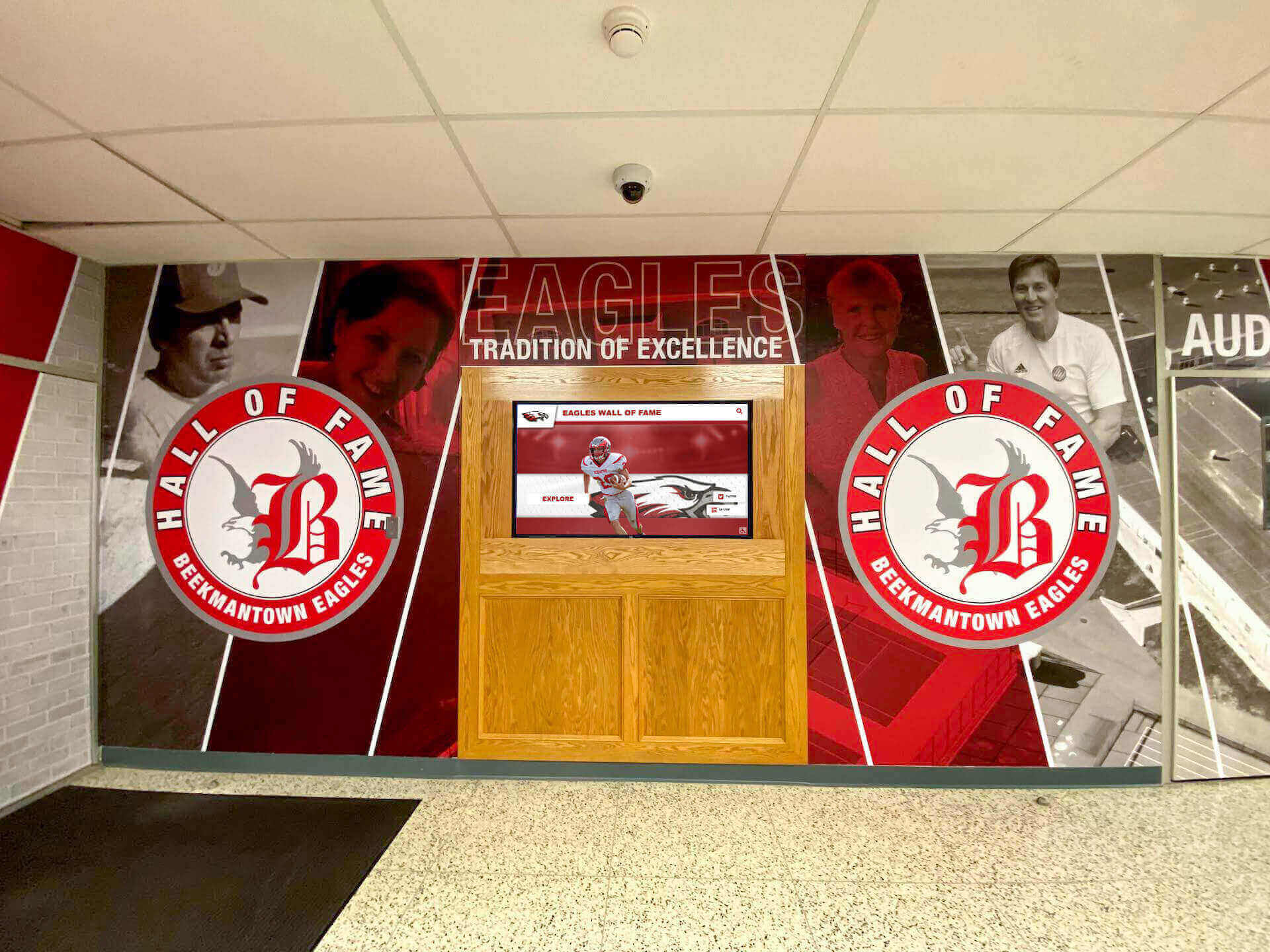Key Takeaways
Discover comprehensive strategies for school history preservation including archiving methods, digital solutions, community engagement, and best practices to safeguard institutional memory.
Schools successfully preserving institutional history share common approaches: systematic collection processes capturing materials before they disappear, organized storage protecting physical items from deterioration, digital solutions expanding accessibility while providing backup protection, community engagement enlisting broader participation in preservation efforts, and ongoing programs ensuring sustainability beyond individual champions. Whether your institution operates a century-old program requiring comprehensive historical documentation or a newer school establishing preservation foundations, the strategies outlined in this guide provide actionable frameworks for protecting stories, achievements, and memories that define your unique educational community.
Why School History Preservation Matters
Before exploring specific preservation strategies, understanding why historical documentation delivers institutional value helps prioritize efforts and secure stakeholder support for necessary investments in people, technology, and infrastructure.
Preserving Institutional Memory and Knowledge
Institutional memory encompasses the collective knowledge, experiences, traditions, and lessons accumulated across decades or centuries of operation. According to organizational research published in 2025, protecting and preserving institutional memory proves crucial for long-term organizational success and continuity, enabling future members to access and utilize organizational knowledge including artifacts, data, images, and texts that might otherwise be lost.
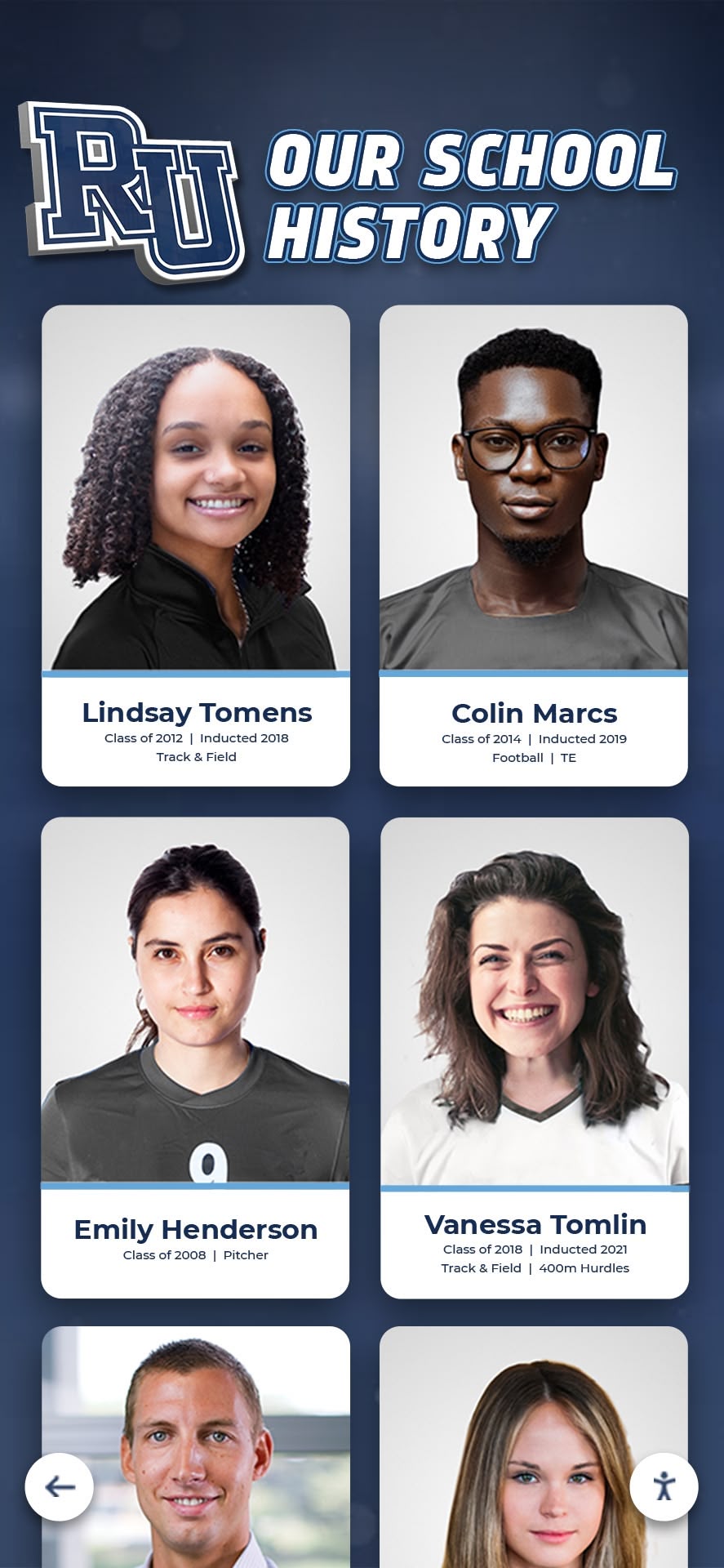
Schools lose valuable institutional knowledge when experienced educators retire without documenting classroom innovations developed over decades, administrative decisions made without understanding historical context that influenced similar past situations, successful program approaches forgotten and later “rediscovered” requiring unnecessary reinvention, or foundational mission and values becoming abstract rather than grounded in concrete institutional history.
Research from organizations specializing in institutional knowledge transfer demonstrates that when seasoned employees leave, they take with them not just their skills but tacit knowledge typically not documented anywhere else—a loss that leads to operational inefficiencies, repeated mistakes, and decline in service quality. Educational institutions face identical risks when failing to systematically preserve institutional memory.
Building School Pride and Community Identity
Preserved history creates tangible connections between past achievement and present community. Students understanding their school’s legacy develop stronger institutional identification, viewing themselves as part of continuing narratives rather than temporary attendees. This perspective transforms ordinary attendance into membership in communities spanning generations.
When current students walk hallways where graduates now making significant societal contributions once studied, when they compete on fields where championship teams established excellence traditions, or when they participate in programs innovative educators launched decades earlier, preserved history makes these connections visible and emotionally resonant.
Alumni maintaining access to preserved school history report stronger ongoing institutional connections. The ability to revisit yearbook photographs, explore documented achievements, or discover how facilities and programs evolved creates nostalgia that strengthens emotional bonds supporting continued engagement and philanthropic support.
Inspiring Current Students Through Historical Examples
Historical preservation serves as powerful motivation when thoughtfully presented and meaningfully connected to contemporary student experiences. Distinguished alumni stories provide concrete examples of diverse paths to success—when students discover that someone who once sat in their classroom became a successful entrepreneur, pioneering researcher, community leader, or accomplished professional, achievement becomes tangible rather than abstract.
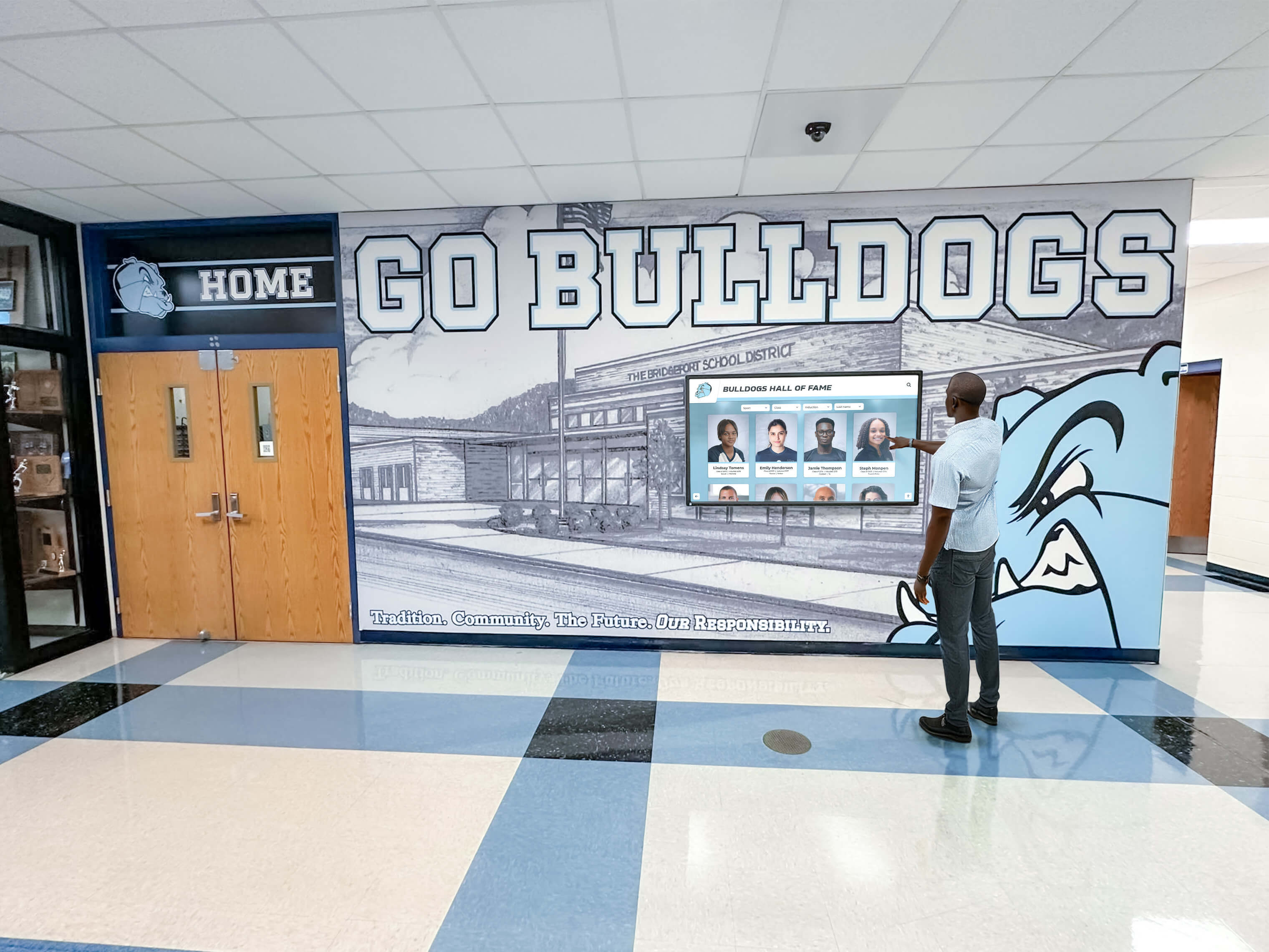
Championship teams, academic award winners, and notable graduates create visible standards inspiring students to pursue their own excellence. History reveals institutional values through actual examples rather than abstract mission statements—stories of students and faculty demonstrating courage, innovation, perseverance, or service provide powerful lessons about what school communities truly value.
Supporting Educational Goals and Curriculum Integration
Preserved school history offers rich primary source materials supporting multiple educational objectives. History and social studies classes can examine institutional development within broader historical contexts—how wars, economic changes, social movements, or demographic shifts influenced school evolution. English classes might analyze historical school publications examining writing styles, topics, and perspectives across different eras.
Students conducting research projects using institutional archives develop valuable research skills while engaging deeply with school heritage. These academic applications make preservation efforts serve immediate educational purposes beyond simple documentation.
Demonstrating Stability and Tradition to Prospective Families
Families evaluating schools seek evidence of institutional stability, established excellence traditions, and commitment to community. Well-preserved, professionally presented institutional history communicates that organizations value their people, maintain institutional memory across leadership transitions, and offer continuity transcending individual administrators or current trends.
Admissions professionals report that heritage displays and historical resources create memorable positive impressions distinguishing institutions from competitors with less developed historical documentation and presentation.
Traditional School History Preservation Methods
Schools have employed various traditional approaches for historical preservation, many remaining valuable components of comprehensive heritage programs even as digital solutions expand preservation capabilities.
Physical Archives and Organized Storage
Dedicated archival programs provide systematic approaches to collecting, preserving, and making accessible historical materials using professional standards ensuring long-term preservation.
Essential Archival Materials to Preserve:
Physical archives should systematically collect and protect yearbooks spanning all available years, providing comprehensive visual records of student life, activities, and institutional evolution. Student newspapers, literary magazines, and publications document student perspectives, concerns, and creativity across different eras. Administrative records including board minutes, policy documents, and correspondence capture institutional decision-making and governance.
Photographs in various formats document campus facilities, events, daily life, and community members, while artifacts including uniforms, equipment, awards, memorabilia, and promotional materials provide tangible connections to past experiences. Original correspondence, personal papers, and donated collections from alumni, faculty, or community members add individual perspectives complementing official institutional records.
Professional Archival Standards:
The Society of American Archivists provides comprehensive guidelines for educational archives emphasizing importance of organized record-keeping and preservation. Updated guidelines for college and university archives released in 2023 encourage institutions to develop clear policies for acquiring, managing, and providing access to archival materials while ensuring they serve both educational and research purposes.
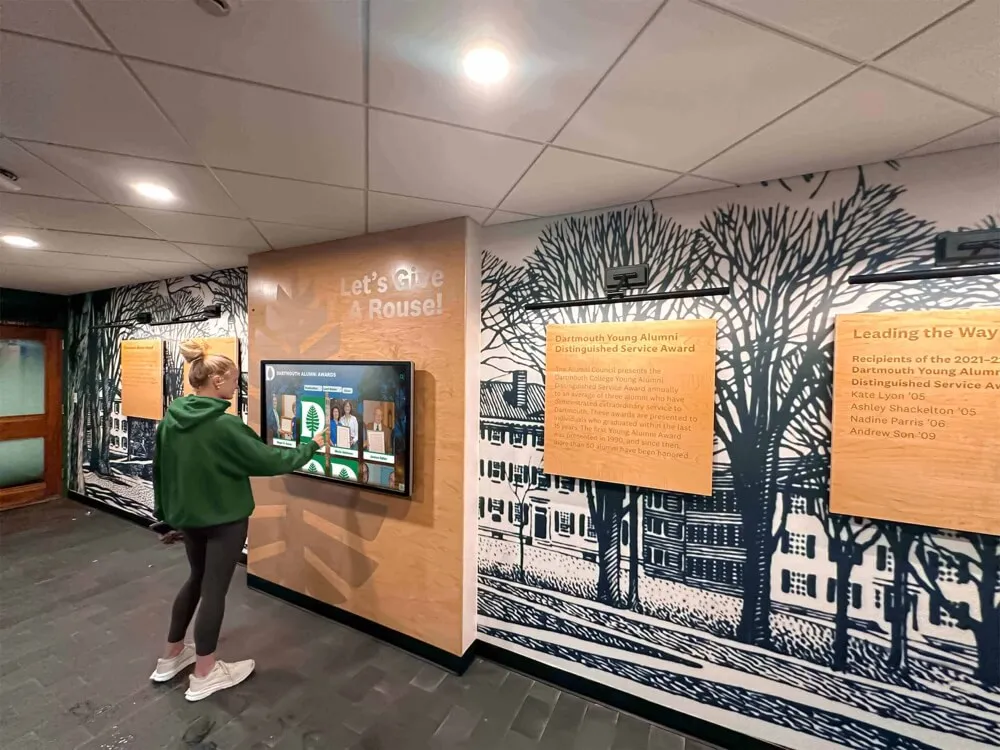
Professional archival practices include climate-controlled storage maintaining consistent temperature and humidity levels preventing deterioration, acid-free containers and folders preventing chemical damage to paper materials, proper handling procedures minimizing physical damage during access, systematic cataloging creating searchable inventories of holdings, and appropriate digitization of fragile materials enabling access while protecting originals.
Schools lacking resources for comprehensive in-house programs often partner with local historical societies, regional archives, or university special collections. These partnerships provide professional expertise while ensuring important materials receive proper care even when institutional capacity proves limited.
Physical Displays and Heritage Spaces
In addition to archival storage, schools traditionally showcase history through dedicated displays making heritage accessible within daily campus life. Prominent locations for historical displays include main entrance lobbies creating first impressions for visitors, hallways connecting academic and athletic facilities with high student traffic, library commons where students naturally gather, administrative office areas, and designated heritage rooms or museum spaces when available.
Effective physical displays combine chronological timelines showing institutional milestones and evolutionary development, photograph galleries documenting campus life across different eras, trophy cases preserving athletic and academic awards, biographical displays highlighting distinguished alumni and influential educators, and artifact exhibits showcasing historical objects with appropriate contextual information.
Location strategy significantly impacts display effectiveness. Positioning recognition in high-traffic areas where students, faculty, and visitors naturally pass multiple times weekly maximizes visibility and engagement compared to displays in isolated locations receiving minimal viewing.
Yearbook and Publication Preservation
Yearbooks represent treasure troves of institutional history, documenting student life, activities, fashion, social norms, and institutional evolution year by year. Physical yearbook preservation requires proper storage in climate-controlled environments, protective covers preventing spine damage and page deterioration, inventory systems tracking all volumes in collections, and policies governing access balancing preservation with community use.
Student newspapers, literary magazines, sports programs, performance playbills, and other publications similarly document institutional life from student perspectives. Systematic collection of these materials as they’re produced prevents gaps requiring later filling when publications become difficult or impossible to locate.
Digital Solutions for School History Preservation
Digital technology has revolutionized historical preservation capabilities, making comprehensive documentation more achievable and accessible than ever before while providing crucial backup protection for physical materials vulnerable to disasters, deterioration, or loss.
Comprehensive Digitization Programs
According to research from digital preservation specialists, educational organizations can launch digital collections programs with digitized or born-digital archival resources such as yearbooks, student newspapers, photos, and videos using affordable digital preservation tools specifically designed for educational settings.
The Digital Preservation Coalition launched a Digital Preservation Toolkit for Community Archives on World Digital Preservation Day 2024, designed to empower archives at every stage of their digital preservation journey. These resources acknowledge that schools face similar challenges as community archives—limited budgets, volunteer or part-time staffing, and technical expertise gaps.
High-Priority Materials for Digitization:
Schools should prioritize digitizing fragile or deteriorating materials at immediate risk of loss, unique materials existing in single copies without backups, frequently accessed items experiencing physical wear from handling, materials with broad community interest supporting engagement, and comprehensive runs of yearbooks and publications providing systematic documentation.
High-resolution scanning of photographs, documents, and publications creates digital files preserving visual information indefinitely. Audio digitization of oral histories, recorded performances, or special events captures content that written records cannot convey. Video preservation of ceremonies, athletic competitions, and significant moments creates immersive historical documentation.
Educational archiving partnerships help schools digitize newspapers, yearbooks, programs, alumni records, and more while providing digital access solutions. Organizations specializing in educational digitization understand unique school needs including appropriate copyright handling, privacy considerations for student records, and accessibility requirements.
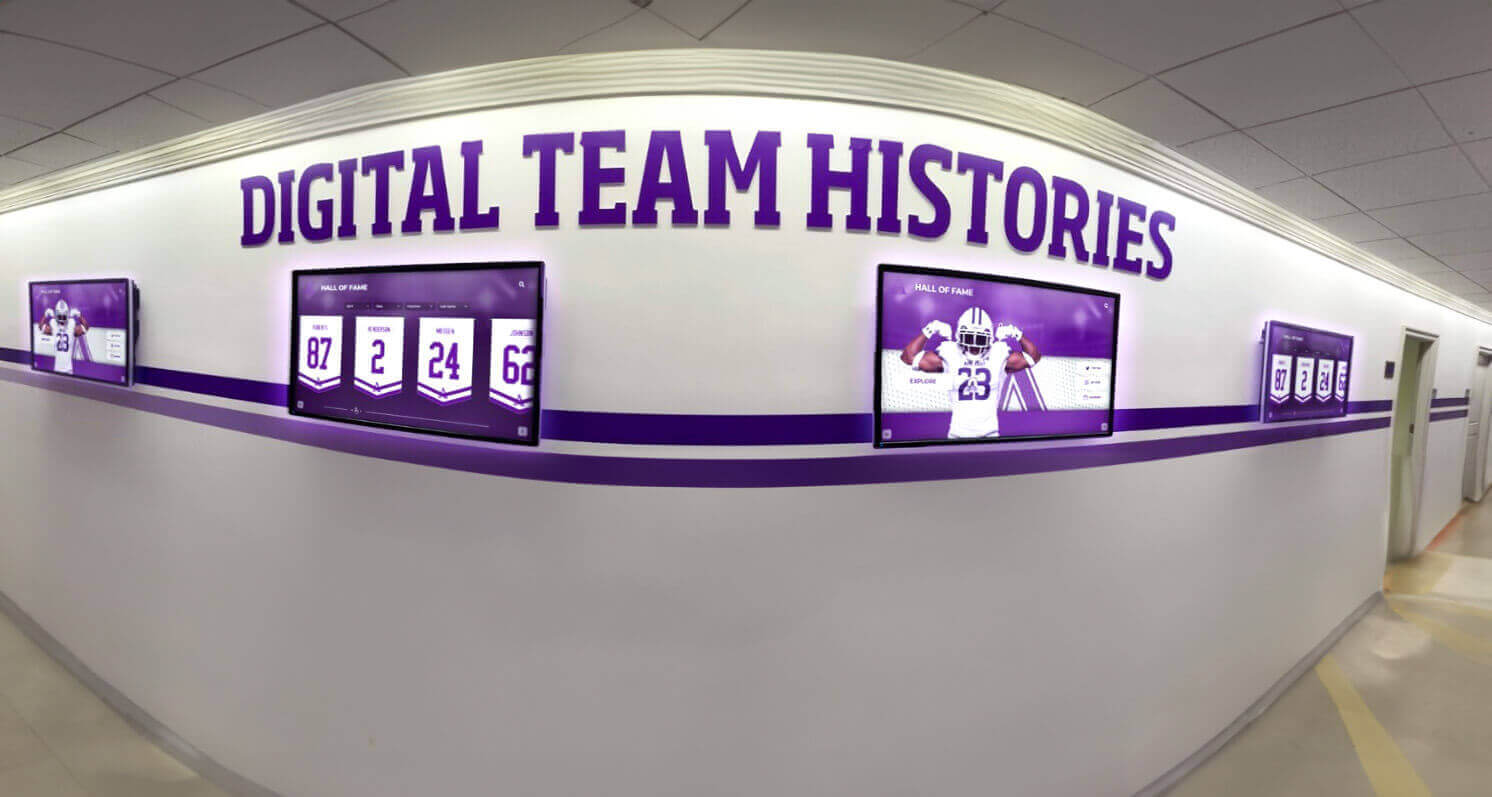
Digital Archives and Database Systems
Once materials are digitized, organized digital archives enable powerful access exceeding physical collections. Modern digital asset management systems designed for schools provide infrastructure for organizing extensive historical collections while ensuring long-term preservation through proper file management and backup protocols.
Effective digital archives incorporate searchable databases enabling name-based searching across all materials, date and event filtering, category-based browsing, keyword search functionality, and advanced filtering options. Comprehensive metadata including names, dates, locations, subjects, and descriptions makes collections truly accessible rather than simply digitized.
Remote web-based access allows alumni, researchers, and community members worldwide to explore institutional history regardless of geographic location. Mobile-friendly interfaces ensure accessibility via smartphones and tablets. Social sharing capabilities enable community members to share discoveries with personal networks, extending archive visibility beyond direct users.
Solutions focused on digitizing school yearbooks and historical records provide turnkey platforms specifically designed for educational institutions rather than requiring extensive customization of generic systems.
Interactive Digital Recognition Displays
Beyond archival databases, interactive touchscreen displays transform how schools present historical content in physical campus locations. Modern displays combine unlimited digital capacity with engaging interfaces that capture attention and encourage exploration.
Interactive displays can showcase comprehensive historical timelines with multimedia content, distinguished alumni profiles with photographs and biographical information, athletic championship recognition with team rosters and statistics, facility evolution showing construction and renovation progression, and tradition explanations helping current community members understand institutional customs.
Unlike static plaques or printed displays requiring expensive physical updates, digital systems allow instant content additions, corrections, and enhancements through cloud-based content management. This flexibility ensures historical presentations remain current and continue growing as new information emerges or achievements occur.
Schools implementing digital school history timelines report that interactive presentations dramatically increase student engagement with institutional heritage compared to passive displays receiving minimal attention.
Web-Based Heritage Portals
Dedicated heritage sections within school websites or standalone historical portals provide comprehensive access to preserved materials for distributed audiences. Effective web portals organize content by decades or eras, themes or topics, schools within districts, or types of materials while providing multiple access pathways accommodating different user preferences.
Online exhibitions can showcase curated collections around specific themes—decade retrospectives, athletic program histories, facility evolution, distinguished alumni by profession or achievement type, or significant events. These curated presentations provide narrative context making historical materials meaningful to audiences unfamiliar with institutional history.
Integration with school websites ensures historical content receives visibility as part of broader institutional communication rather than existing as isolated resources few discover. Homepage features, newsletter inclusions, and social media promotion drive traffic to historical content.
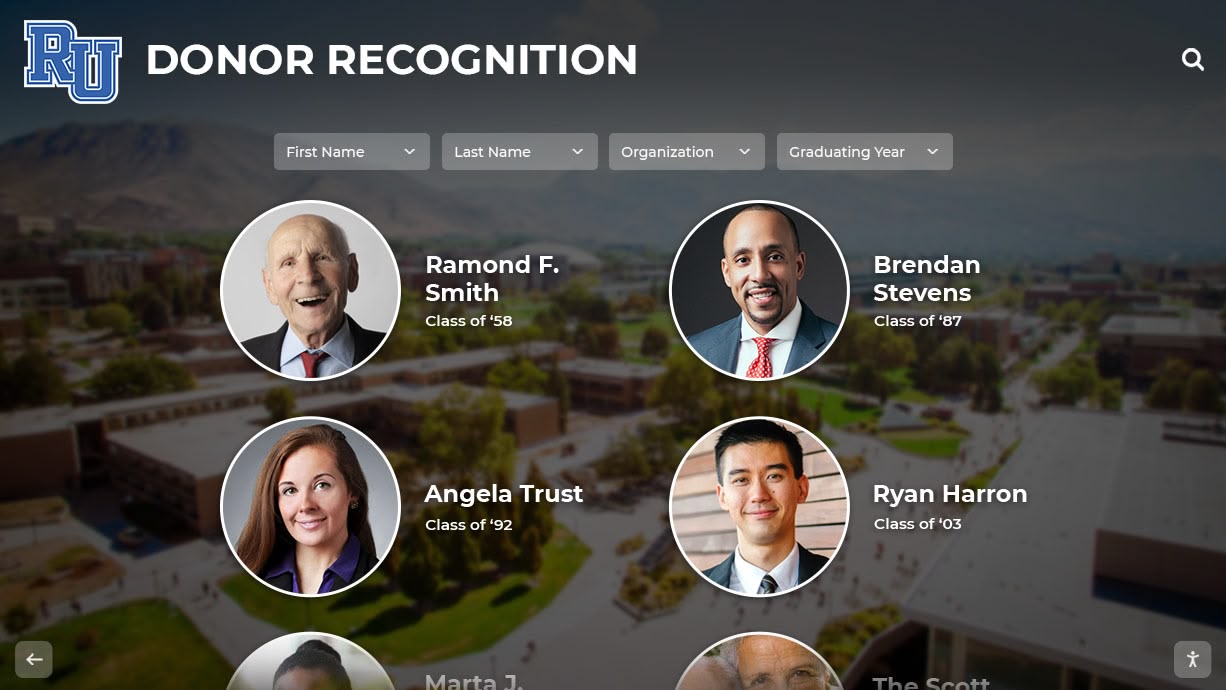
Community Engagement in Preservation Efforts
Successful school history preservation extends beyond institutional archivists or librarians to embrace broader community participation. Engaging multiple stakeholders creates richer collections, distributes preservation work, and builds ownership supporting sustained programs.
Alumni Contributions and Outreach
Alumni often possess historical materials absent from institutional collections—personal yearbooks from years missing in school archives, photographs from family collections documenting events or experiences, program materials from significant occasions, correspondence or documents related to school history, or oral history knowledge about people and events.
Systematic alumni outreach campaigns request specific materials addressing collection gaps, provide convenient submission processes including mail-in options with return shipping and digital upload portals for scanned materials, communicate clear guidelines about materials of interest and usage policies, and offer appropriate recognition for significant contributions encouraging participation.
Reunion events provide natural opportunities for targeted outreach to specific class years. Reunion committees can coordinate collecting materials from attendees, conducting oral history interviews with willing participants, or identifying classmates possessing valuable historical materials for future contact.
Student Projects and Service Learning
Students represent valuable preservation resources when appropriately guided. Student involvement creates contemporary connection to historical materials while developing research, technical, and communication skills applicable beyond preservation contexts.
Student project opportunities include conducting and recording oral history interviews with alumni, retired faculty, or community members, organizing and cataloging archival materials under professional guidance, digitizing photographs or documents using supervised scanning equipment, creating digital content showcasing institutional history through videos or social media, researching specific historical topics and developing presentations for peers, and developing physical or digital exhibits around particular themes.
These projects work well as class assignments in history, English, technology, or media production courses, as student club activities for history clubs or honor societies, or as independent study or senior projects allowing students to pursue particular interests while contributing to institutional preservation.
Faculty and Staff Participation
Long-serving faculty and staff possess invaluable institutional memory about program development, curricular evolution, student culture changes, administrative decisions, and informal traditions that official records rarely document. Capturing this knowledge before retirement proves essential for comprehensive preservation.
Oral history programs should systematically interview educators nearing retirement about their careers, significant events witnessed, institutional changes observed, memorable students or colleagues, and reflections on institutional values and character evolution. Video interviews capture not just verbal narratives but visual presence, preserving more complete documentation than audio alone.
Faculty might also contribute classroom materials, curriculum documents, photographs from field trips or special events, correspondence with parents or colleagues, or personal reflections documenting educational approaches and philosophies. These materials provide insights into actual educational practices complementing official curriculum records.
Parent and Community Involvement
Community members often possess photographs, newspaper clippings, program materials, or memories related to school history even if not directly affiliated as students, faculty, or staff. Local businesses might have advertising materials, community organizations may have records of partnerships or events, and families with multi-generational school connections often maintain extensive personal collections.
Community outreach through local newspapers, community organization presentations, or social media campaigns can surface valuable materials while demonstrating institutional commitment to broader community relationships. Public events like historical exhibitions or presentations create opportunities for informal community contribution and knowledge sharing.
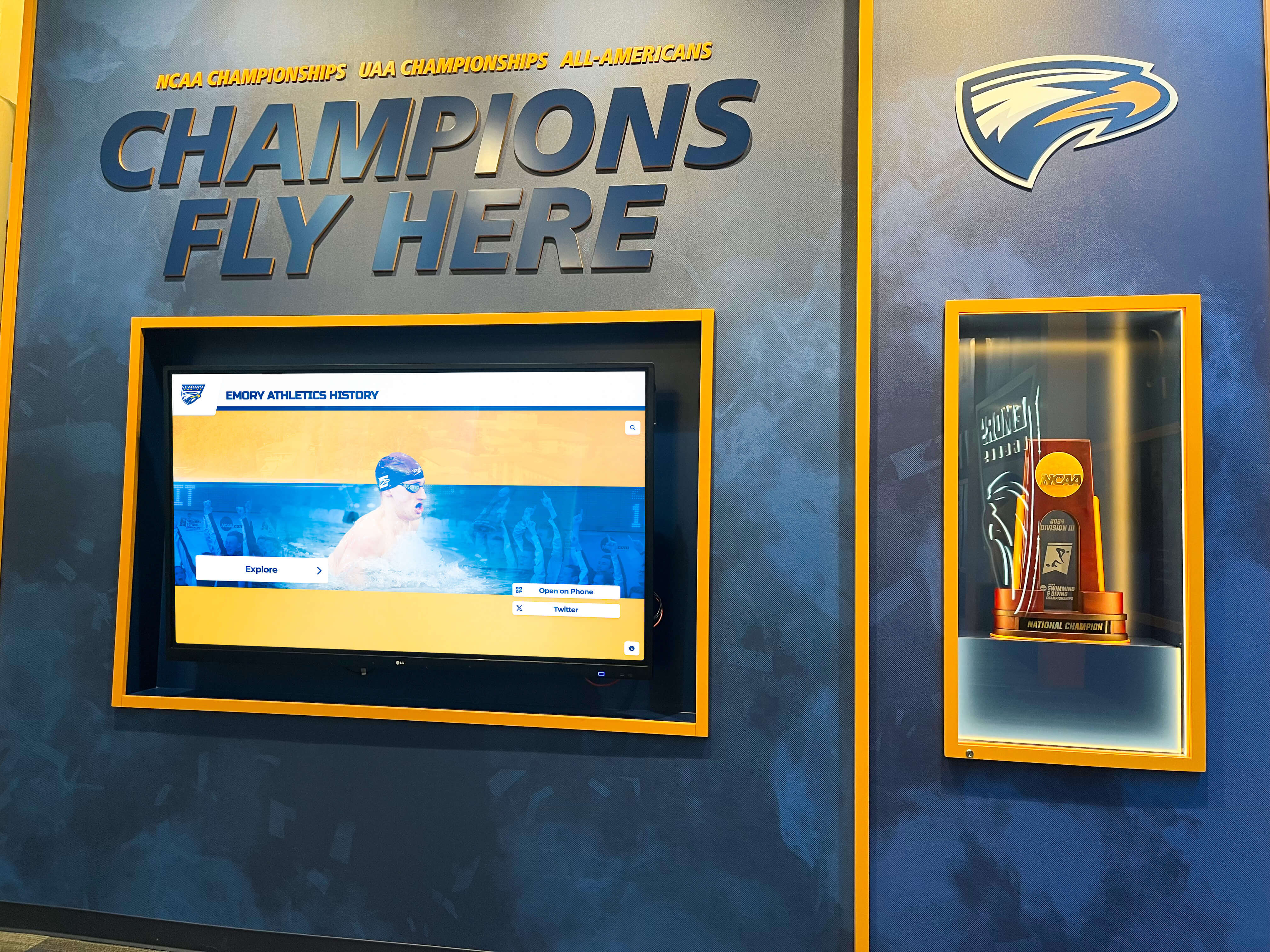
Best Practices for Effective School History Preservation
Successful preservation programs share common characteristics regardless of specific approaches or technologies employed. Following established best practices increases likelihood of sustainable success.
Establish Clear Goals and Priorities
Define what you hope to accomplish through preservation efforts before investing significant resources. Primary objectives might include educational goals teaching students about institutional heritage, community building goals strengthening alumni connections, preservation goals preventing loss of important materials, inspirational goals motivating students through historical examples, or research goals creating resources for scholarly inquiry.
Clear objectives guide decisions about which materials to prioritize, how to present information, where to focus limited resources, and how to measure success. Without defined goals, preservation efforts risk becoming unfocused collection accumulation lacking coherent purpose.
Create Systematic Collection Processes
Historical materials don’t preserve themselves—successful programs establish proactive collection systems. Systematic approaches include annual processes collecting materials from each academic year as produced rather than waiting for gaps requiring later filling, targeted campaigns addressing known collection gaps for specific time periods or material types, opportunistic collection when materials become available through donations or discoveries, and relationship-based collection leveraging personal connections to access private holdings.
Documentation of collection provenance—who donated materials, when they were acquired, and any known background information—preserves important contextual information while properly crediting contributors. Clear acquisition policies establishing what materials libraries accept, how they will be used, and donor rights prevents misunderstandings.
Implement Professional Management Standards
Even modest collections benefit from professional management approaches. Basic standards include environmental controls maintaining appropriate temperature and humidity for physical materials, proper storage in acid-free containers and folders on appropriate shelving, systematic organization using logical classification schemes, descriptive cataloging creating searchable inventories, and access policies balancing preservation needs with community use.
The Pan American Health Organization’s guide on organizing and preserving institutional memory emphasizes that preservation requires attention to both physical protection and logical organization enabling future access. Materials preserved but unorganized become effectively inaccessible for practical purposes.
Ensure Accessibility and Discoverability
Historical materials deliver little value if community members cannot access them. Accessibility strategies for physical archives include reasonable access hours accommodating various schedules, clear policies and procedures for requesting materials, assistance from knowledgeable staff or volunteers, and finding aids or catalogs enabling users to identify relevant materials.
For digital collections, accessibility requires intuitive navigation requiring minimal instruction, powerful search functionality finding relevant content quickly, mobile responsiveness ensuring accessibility across devices, appropriate metadata and descriptions making content discoverable, and integration with school websites and portals where users naturally look for information.
Research demonstrates that digital archives democratize access to primary sources, allowing students and researchers to delve into archival materials once confined to physical locations, enriching learning experiences by providing firsthand accounts and original documents that bring historical events to life.
Plan for Long-Term Sustainability
Preservation represents ongoing commitments rather than one-time projects. Sustainable programs require designated responsibility with specific individuals accountable for collection management, adequate resource allocation including budget, space, and staff time, documented procedures enabling continuity across personnel changes, regular assessment cycles evaluating collection needs and priorities, and succession planning ensuring programs continue when current leaders depart.
Organizations implementing comprehensive approaches to preserving institutional heritage develop sustainable programs that grow more valuable over time rather than fading when initial enthusiasm wanes.
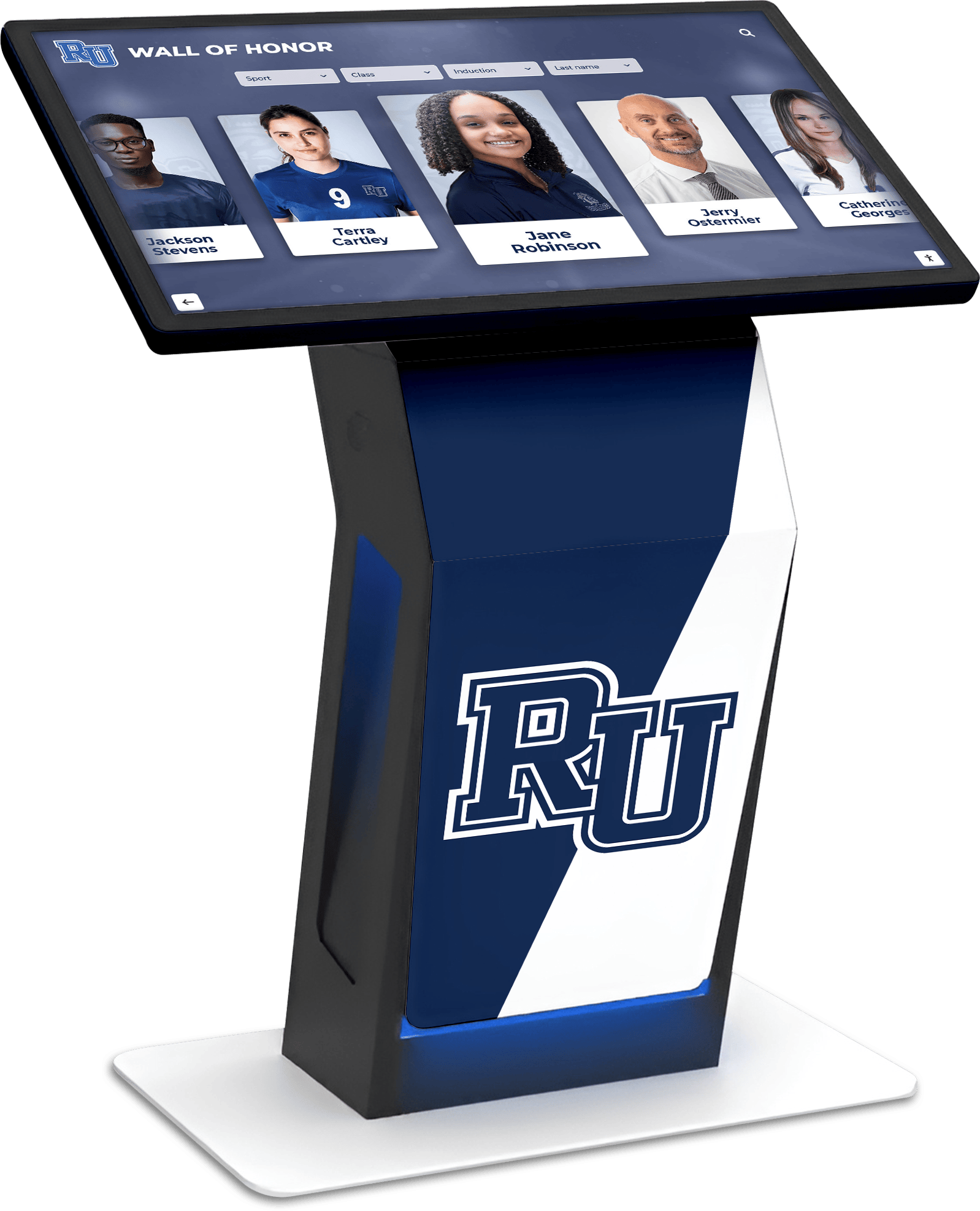
Specific Preservation Initiatives and Programs
Beyond general archival approaches, specific focused initiatives address particular aspects of institutional history preservation.
Oral History Programs
Oral histories capture personal memories, perspectives, and knowledge that written records cannot convey. Recorded interviews preserve voices, speech patterns, and emotional inflections alongside verbal content, creating richer documentation than transcripts alone could provide.
Successful oral history components include interview planning developing question frameworks covering relevant topics while allowing conversational flow, technical quality using reliable recording equipment ensuring clear audio-video capture, preservation standards storing master recordings in archival-quality formats with proper backups, legal compliance obtaining signed release forms granting permission to preserve and share interviews, and accessible presentation through transcription, online hosting, or integration with broader historical collections.
Organizations like the Oral History Association provide principles and best practices specifically for archiving oral histories, helping schools implement programs meeting professional standards even with limited experience.
Yearbook Digitization Projects
Comprehensive yearbook digitization creates permanent digital preservation while dramatically expanding accessibility. Digitized yearbooks enable universal access from any internet-connected device globally, powerful searching using optical character recognition (OCR) making text searchable, social engagement as alumni rediscover school years and share memories, research value for studying historical trends and institutional development, and preservation backup protecting against physical copy loss or deterioration.
Professional services specializing in yearbook digitization handle technical processes including scanning, file management, metadata creation, and platform setup while ensuring proper copyright compliance and access controls.
Athletic History and Championship Documentation
Sports programs generate passionate loyalty and memorable moments worth comprehensive preservation. Athletic historical documentation should include championship celebrations with photographs, statistics, rosters, and coaching recognition, individual achievement recognition honoring record-holders and award recipients, coaching legacies acknowledging program builders and influential mentors, and historical context showing program development over time.
Digital solutions like those described in guides to athletic history displays provide flexible platforms for comprehensive athletic preservation without space limitations affecting physical displays.
Distinguished Alumni Recognition
Systematic programs recognizing accomplished graduates create ongoing connections between current students and inspiring role models. Alumni recognition should include clear selection criteria ensuring transparent, merit-based processes, comprehensive profiles with biographical information and career accomplishments, regular induction cycles maintaining program visibility, accessible presentation through physical displays and digital platforms, and integration with broader historical archives.
Resources about alumni recognition programs demonstrate how recognition initiatives support both preservation and engagement objectives simultaneously.
Facility and Building History
School buildings themselves embody institutional history through architectural styles, construction stories, renovations, and associations with particular eras or events. Building history documentation includes dedication plaques acknowledging donors or naming honorees, historical photographs showing construction and original appearances, architectural significance explaining noteworthy design features or construction methods, and usage evolution documenting how spaces functioned differently across eras.
This facility-focused preservation helps community members understand that physical spaces they inhabit daily carry their own stories contributing to broader institutional narratives.
Technology Tools and Platforms for Digital Preservation
Schools implementing digital preservation initiatives can choose from various technological approaches matching different needs, budgets, and technical capacities.
Digital Asset Management Systems
Comprehensive digital asset management (DAM) platforms provide organized repositories for storing, managing, and accessing digital historical materials. Key capabilities include bulk upload supporting efficient digitization project ingest, metadata management enabling detailed description and cataloging, version control tracking changes and updates to digital files, access controls managing permissions for different user types, search and filtering finding content based on multiple criteria, and integration capabilities connecting with other institutional systems.
Commercial DAM solutions designed for educational institutions understand unique school needs while providing professional-grade functionality. Open-source alternatives offer cost savings at the expense of requiring more technical expertise for implementation and maintenance.
Interactive Display Platforms
Purpose-built platforms for interactive historical displays combine hardware and software components specifically designed for public engagement. Solutions like Rocket Alumni Solutions provide integrated systems including commercial-grade touchscreen displays rated for heavy public use, intuitive content management enabling non-technical staff to update content easily, engaging user interfaces designed for self-directed exploration, analytics tracking usage patterns and popular content, and comprehensive support including installation, training, and ongoing technical assistance.
These turnkey solutions eliminate technical barriers that might otherwise prevent schools from implementing sophisticated interactive preservation displays.
Web-Based Timeline and Archive Tools
Various platforms enable creating web-accessible historical timelines and digital archives without extensive technical development. TimelineJS and similar tools offer free or low-cost timeline creation using structured data entry, commercial archive platforms provide subscription-based hosting and management services, content management systems like WordPress support historical content with appropriate plugins and themes, and custom development enables completely tailored solutions for schools with available technical resources.
Guides to creating digital school history timelines compare various platform options helping schools identify appropriate solutions for their specific requirements and constraints.
Funding School History Preservation
Comprehensive preservation requires financial resources for materials, technology, staff time, and ongoing maintenance. Multiple funding strategies can support these valuable programs.
Institutional Budget Allocations
Operating budgets should include ongoing allocations recognizing preservation as core rather than optional programming. Budget priorities include annual supplies for archival materials, technology maintenance and periodic upgrades, staff time for collection management and content development, digitization services for high-priority materials, display maintenance and content updates, and programming celebrating institutional heritage.
Even modest consistent funding supports ongoing preservation preventing loss of irreplaceable materials while maintaining program momentum across budget cycles and leadership transitions.
Grant Opportunities
Numerous foundations and organizations support educational historical preservation through competitive grants. Relevant grant sources include state and local historical society programs supporting educational heritage preservation, technology grant programs funding digital archival platforms or interactive displays, humanities foundations supporting cultural preservation and public engagement, library and archival grants specifically for collection development or processing, and educational grants supporting curriculum-integrated historical projects.
Successful grant applications require clear objectives, specific implementation plans, defined measurable outcomes, and demonstrated benefit to broader communities beyond immediate institutional interests.
Alumni Fundraising and Donor Support
Many alumni feel personal connections to institutional history and willingly support preservation through targeted fundraising. Heritage fundraising approaches include capital campaigns for major recognition installations or archive renovations, class gift programs encouraging reunion classes to fund preservation projects, heritage society programs recognizing preservation donors with exclusive benefits, and memorial giving options honoring deceased community members through preservation support.
Understanding how recognition programs support fundraising helps position heritage initiatives as investments benefiting entire institutional communities rather than merely historical documentation exercises.
Measuring Success and Demonstrating Value
Effective preservation programs evolve based on regular evaluation rather than remaining static after initial implementation. Assessment approaches include quantitative metrics tracking usage statistics, collection growth, digitization progress, and community participation, qualitative feedback gathering stakeholder perceptions through surveys and testimonials, and outcome assessment evaluating whether programs achieve stated objectives around education, engagement, or preservation.
Regular reporting to administrators and stakeholders demonstrates value while building continued support for resource allocation. Documented impact including student projects completed using archives, alumni engagement with digital collections, researcher access statistics, and community event attendance validates preservation investments.
Conclusion: Building Lasting Legacy Through Intentional Preservation
School history preservation represents both sacred responsibility and strategic opportunity—the obligation to safeguard institutional legacy for future generations and the chance to create resources strengthening community bonds, inspiring excellence, and honoring those who built educational traditions worth celebrating. Effective preservation doesn’t require enormous budgets or extensive resources, but does demand systematic collection, professional management, thoughtful accessibility, and sustained attention over time.
Every school possesses unique stories worth preserving: distinguished graduates who once walked the same hallways, championship teams that brought community pride, innovative educators who influenced generations, defining moments that shaped institutional character, and daily experiences that collectively created unique educational communities. These stories deserve preservation approaches matching their significance—professional, accessible, engaging, and permanent.
Whether your institution chooses traditional archival methods, innovative digital solutions, or hybrid approaches combining both, the most important factors remain systematic processes capturing materials before they disappear, organized management protecting collections and enabling access, broad engagement distributing preservation work across multiple stakeholders, appropriate technology making history accessible and discoverable, and sustainable planning ensuring programs thrive beyond individual champions.
Schools that preserve history well create powerful connections across generations, inspire excellence through example, build institutional pride transcending individual experiences, and ensure remarkable achievements receive lasting recognition they deserve. By thoughtfully preserving heritage, your school transforms institutional memory from fading recollections into dynamic resources strengthening community and inspiring future generations to add their own chapters to your continuing story of educational excellence.
Ready to Transform How Your School Preserves Its History?
Modern digital solutions make comprehensive school history preservation more achievable than ever before. Interactive recognition displays can showcase institutional heritage while inspiring current students, comprehensive digital archives make historical materials accessible worldwide, and integrated platforms combine preservation with engagement creating living connections between past achievement and present community.
For personalized guidance on developing preservation strategies appropriate for your institution’s needs, history, and resources, contact Rocket Alumni Solutions to discuss how the right combination of traditional archiving and modern technology can protect your institutional legacy while creating engaging experiences that honor your past, strengthen your present, and inspire your future.
